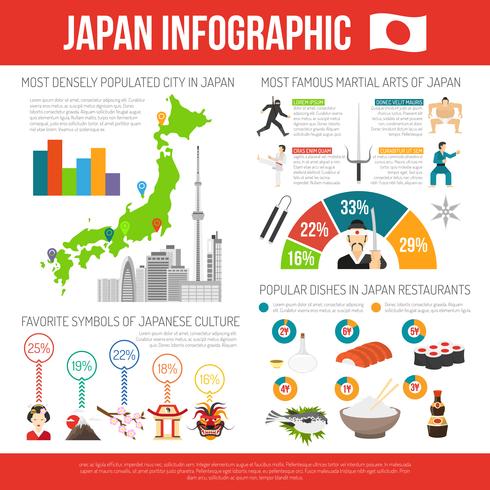The Growth And Development Of Martial Arts: Looking Up Its Origins From Ancient Times To Contemporary Practices
The Growth And Development Of Martial Arts: Looking Up Its Origins From Ancient Times To Contemporary Practices
Blog Article
Created By-Clemons Pacheco
Enter the world of martial arts, where old beginnings and modern-day techniques clash in an electrifying journey of discipline and self-discovery.
As you explore the history and advancement of this exciting art kind, prepare to be captivated by the cultural influences, technical innovations, and extensive approach that have formed it over centuries.
From the battlefields of old human beings to the training premises of today, martial arts have stood the test of time, continuously adapting and growing.
Each strike, each movement, brings with it the weight of plenty of years of tradition and wisdom, passed down with generations. This is a tale of resilience, of warriors that looked for not just physical expertise, yet also self-confidence and harmony.
Join check out here on this amazing expedition as we uncover the keys, the legends, and the transformational power of martial arts.
Get ready to be motivated, tested, and permanently transformed by the history and development of martial arts.
Social Influences on Martial Arts
As you explore the history and evolution of martial arts, you'll promptly discover the fascinating methods which cultural influences have formed these battle methods.
From the old human beings of China and India to the a lot more recent developments in Japan and Brazil, martial arts have been heavily affected by the societies in which they originated.
As an example, Chinese martial arts, such as Martial Art and Tai Chi, are deeply rooted in the approach of Taoism and the idea of Yin and Yang.
In contrast, Japanese martial arts, like Karate and Judo, reflect the samurai warrior practices and the values of self-control and honor.
In a similar way, Brazilian martial art, Capoeira, incorporates components of African dance and music, showing the social heritage of African slaves in Brazil.
These cultural influences not only offer each martial art its one-of-a-kind features however also supply a much deeper understanding of the historic and social contexts in which they advanced.
Technological Improvements and Martial Arts
With the rise of advanced weapons and ingenious training devices, you have actually had the ability to improve your abilities and adjust to the ever-changing battle landscape.
Technical innovations have actually changed the means martial arts are practiced and taught. Virtual reality simulations now permit you to train in realistic battle circumstances without the threat of physical damage. High-speed electronic cameras capture every move, allowing you to examine and ideal your techniques. Wearable tools check your heart rate, breathing, and muscle activation, offering instant comments on your performance.
Furthermore, https://garrettxchnr.answerblogs.com/30052417/examine-the-tricks-of-karate-judo-and-taekwondo-reveal-the-ancient-charm-linked-to-these-martial-arts-styles-and-explore-their-certain-methods of specific equipment, such as resistance bands and dexterity ladders, has actually allowed you to enhance your speed, strength, and agility. These technical improvements have not only made training extra effective but have actually additionally pushed the boundaries of what is feasible in martial arts, allowing you to reach brand-new elevations in your method.
The Ideology and Principles of Martial Arts
The approach and concepts of martial arts are deeply rooted in shaping your way of thinking and instilling technique, focus, and respect in your method.
1. Frame of mind: Martial Arts teaches you to develop a solid and durable attitude. It enables you to get over difficulties both on and off the mat, pushing your limits and persisting despite adversity.
2. Self-control: Martial Arts needs discipline and self-discipline. Via routine training and adherence to strict guidelines and techniques, you find out to manage your impulses and develop a strong work ethic.
3. Emphasis: Martial Arts calls for intense emphasis and concentration. By educating your mind to be existing in the moment, you boost your capability to respond rapidly and properly during combat situations.
4. Regard: Martial Arts emphasizes respect for oneself, trainers, training companions, and opponents. It shows you to value the abilities and experiences of others, promoting a sense of camaraderie and gamesmanship.
Conclusion
Congratulations on finishing your journey through the fascinating world of martial arts! Throughout this expedition, you have actually experienced the abundant background and amazing advancement of these combat practices.
From their ancient beginnings to the contemporary methods we see today, martial arts have been shaped by social influences.
The integration of technology has additionally played a significant function in transforming the method martial arts are taught and practiced in the here and now day.
Nonetheless, it is necessary to keep in mind that martial arts are more than simply physical fight. They encompass profound approaches and directing concepts that exceed the simple act of battling.
Take a moment to review this obsolete journey and appreciate how the heritage of martial arts remains to thrive in the present, going beyond time and limits.
